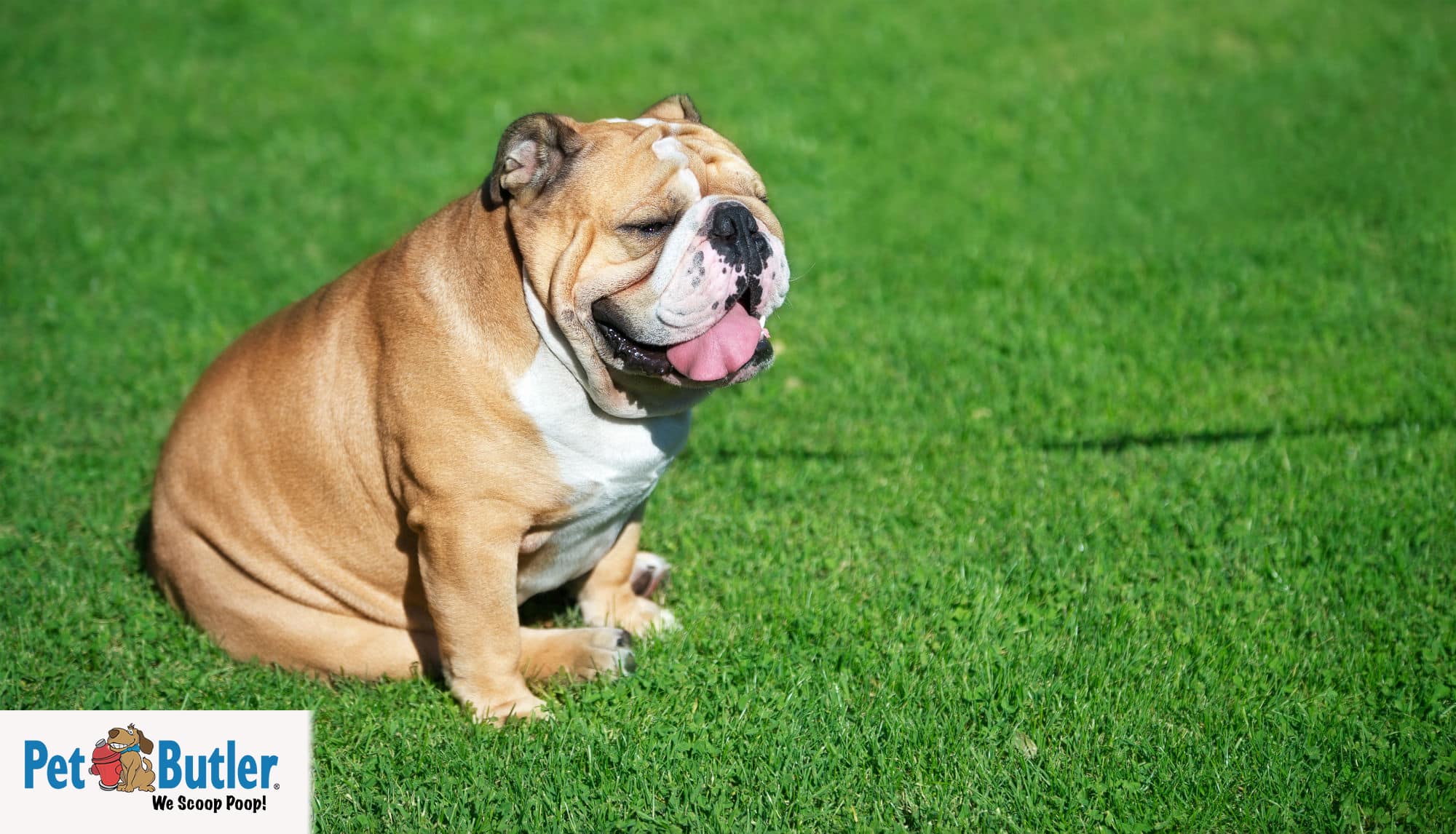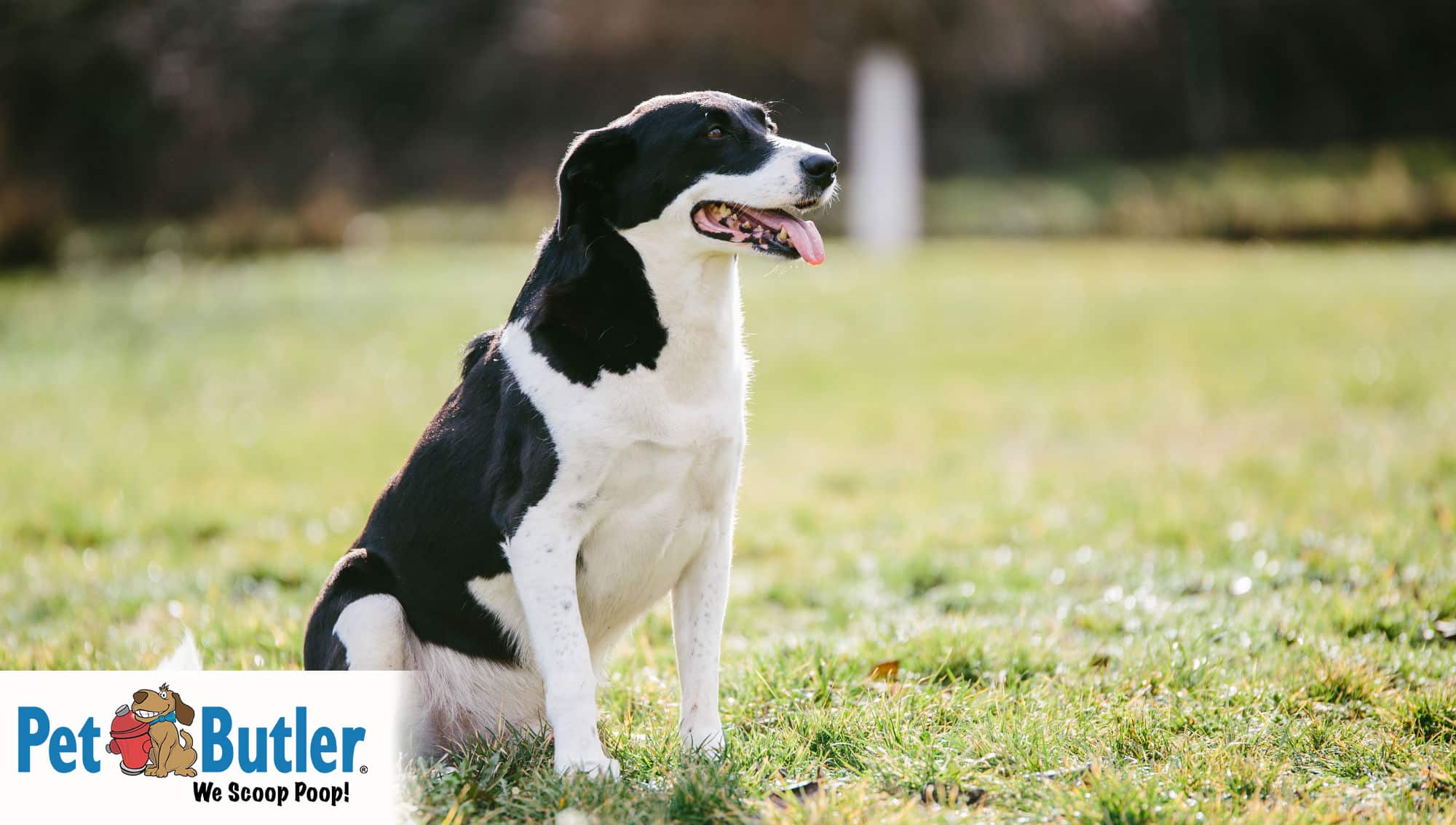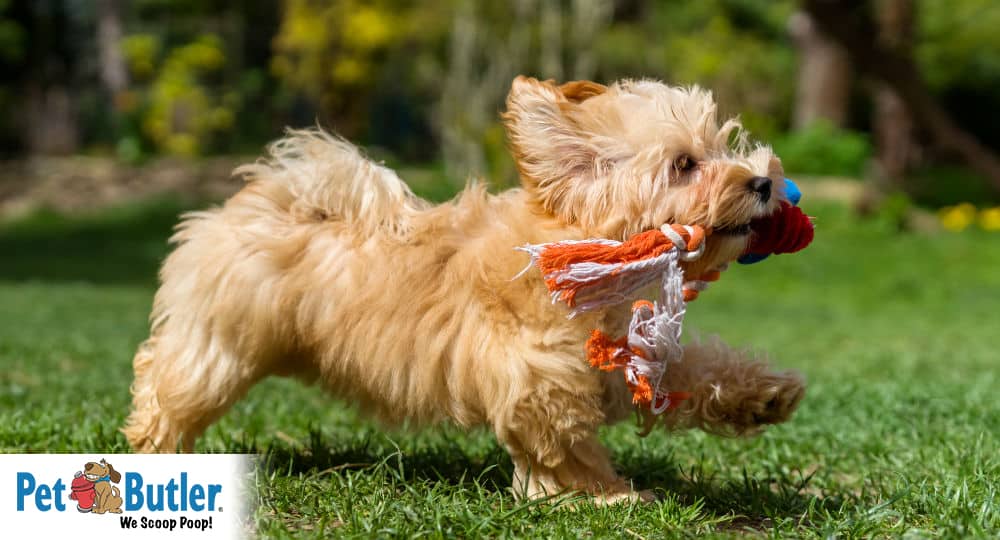As we head into Fall, it’s a great time to go outside with your dog and enjoy the comfortable temperatures and beautiful colors this season brings. Vibrant reds, yellows and oranges decorate the trees; colorful mums and pumpkins are on display.
We know our furry friends appreciate the cooler weather and we like the changing fall colors, but what colors can dogs see? Learn more about our dogs vision and how they see!
Can Dogs See In Color?
To better understand our dogs vision, we need to know a little about the dog’s eye. The retina is a structure covering the back of the eye containing the light-sensitive cells called rods and cones.
Cones help both dogs and people detect color and small visual details while rods are necessary to see motion and objects in dim light. Dogs have only about one-tenth the number of cones as humans.
Their rod-dominated retinas are better at seeing in the dark and detecting movement but dogs are essentially red-green color blind. This means they can differentiate yellows, blue-violets, and variations in shades of grey but cannot distinguish red, orange, yellow, and green.
How Dogs Vision Help With Navigating
How then does dogs vision help with navigating across a busy intersection when the light turns green? They use other visual cues and senses such as position and brightness of the light, noise, and traffic movement. Their increased peripheral vision is an asset; dogs’ visual field is 200-240 degrees vs. humans’ 180 degrees. Visual acuity is not as strong.
Dogs typically have 20/75 vision though working retrievers bred for better eyesight may have closer to 20/20 vision. So, even if your dog had the mental ability to read, he wouldn’t be able to resolve the individual letters.
A better understanding of dog vision is necessary when considering training and behavior. A change in posture or movement is significant to a dog as are sounds and smells. Sweeping arm motions, clicker noises, and food rewards are often used in successful training programs.
Although dogs vision may not see the changing colors of the fall season, they undoubtedly love the crisp weather, the sights and sounds of geese heading south, and the crunch of leaves underfoot. Most of all, they like spending time with you. Happy Fall!




